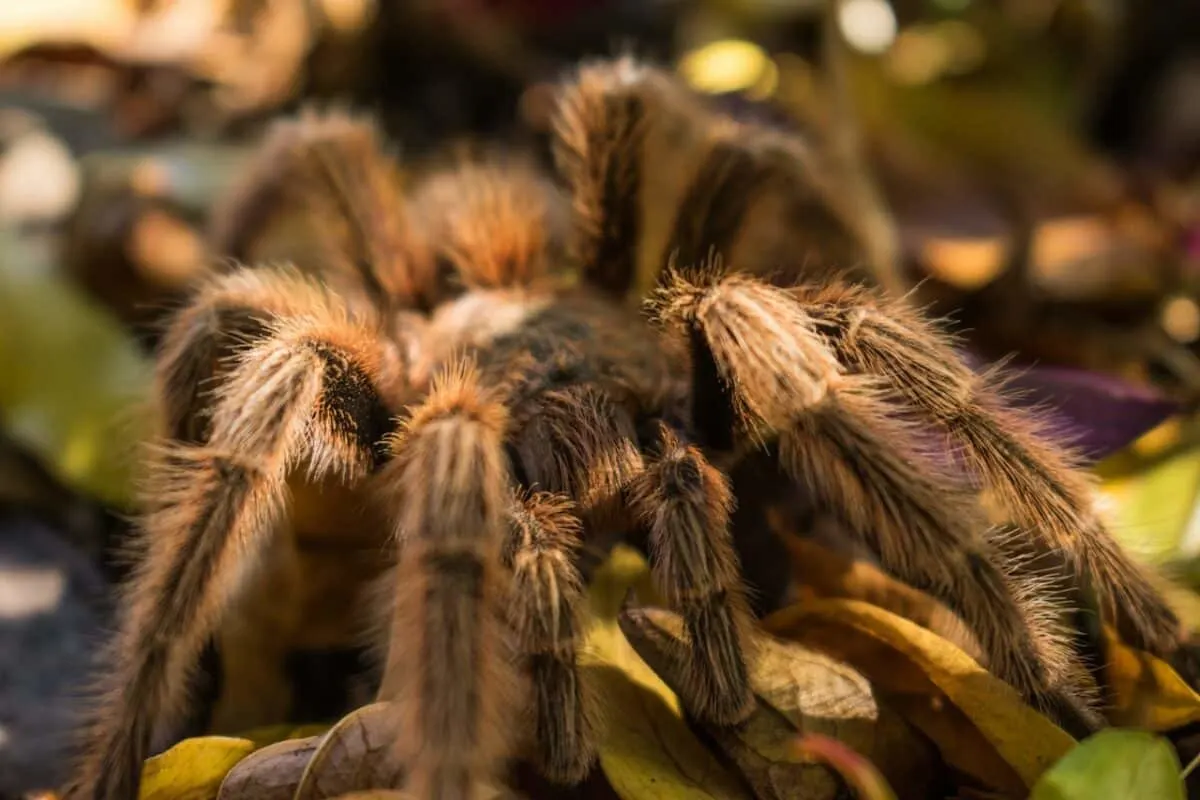Imagine stumbling upon a creature with a leg-span so vast it could easily cloak a dinner plate. Meet the Goliath bird-eating spider (Theraphosa blondi), a marvel of the arachnid world and the largest known spider species to date. With a leg-span reaching a staggering 28 cm (11 in), this behemoth captivates and terrifies in equal measure. Join us as we delve into the fascinating realm of this formidable arachnid, from its discovery to its physical characteristics, behavior, and habitat.
A Giant Among Arachnids: Background and Discovery
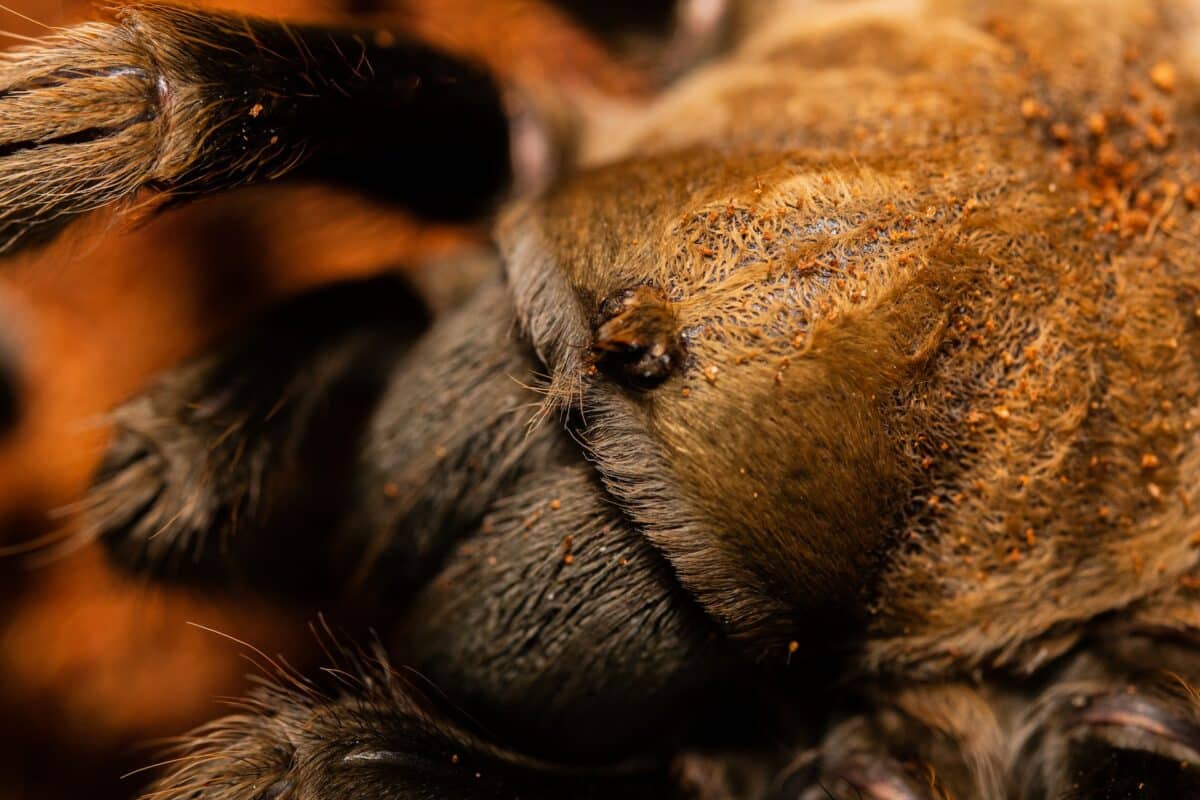
Discovered in 1804, the Goliath bird-eating spider earned its name for its impressive size and penchant for preying on small birds. Found primarily in the coastal rainforests of Suriname, Guyana, and French Guiana, this species occasionally makes appearances in Venezuela and Brazil. The species gained widespread attention when a male specimen was collected during the Pablo San Martin Expedition in April 1965, boasting a record leg-span of 28 cm (11 in). Since then, these arachnids have continued to intrigue and awe enthusiasts and researchers alike.
Physical Characteristics: Size, Weight, and Lifespan
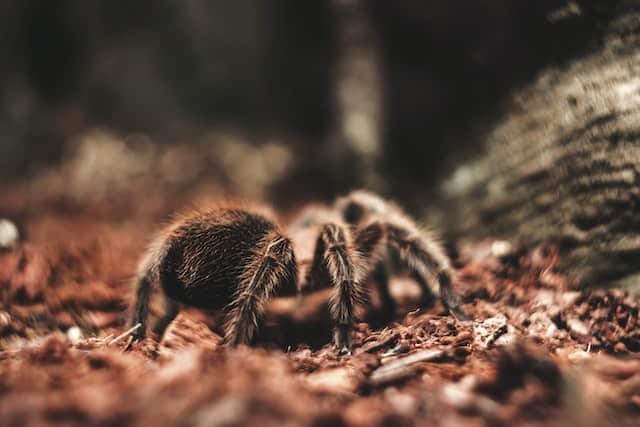
The dimensions of the Goliath bird-eating spider are nothing short of astounding. With a body length of up to 280 mm and a weight of around 50 g, these spiders are veritable giants of the arachnid world. Their remarkable leg-span, coupled with their robust build, makes them a formidable presence in their habitat. Despite their imposing size, these spiders have a relatively modest lifespan of around 10 years, allowing them ample time to establish themselves as apex predators in their environment.
Behavior and Diet: Feeding Habits of a Giant
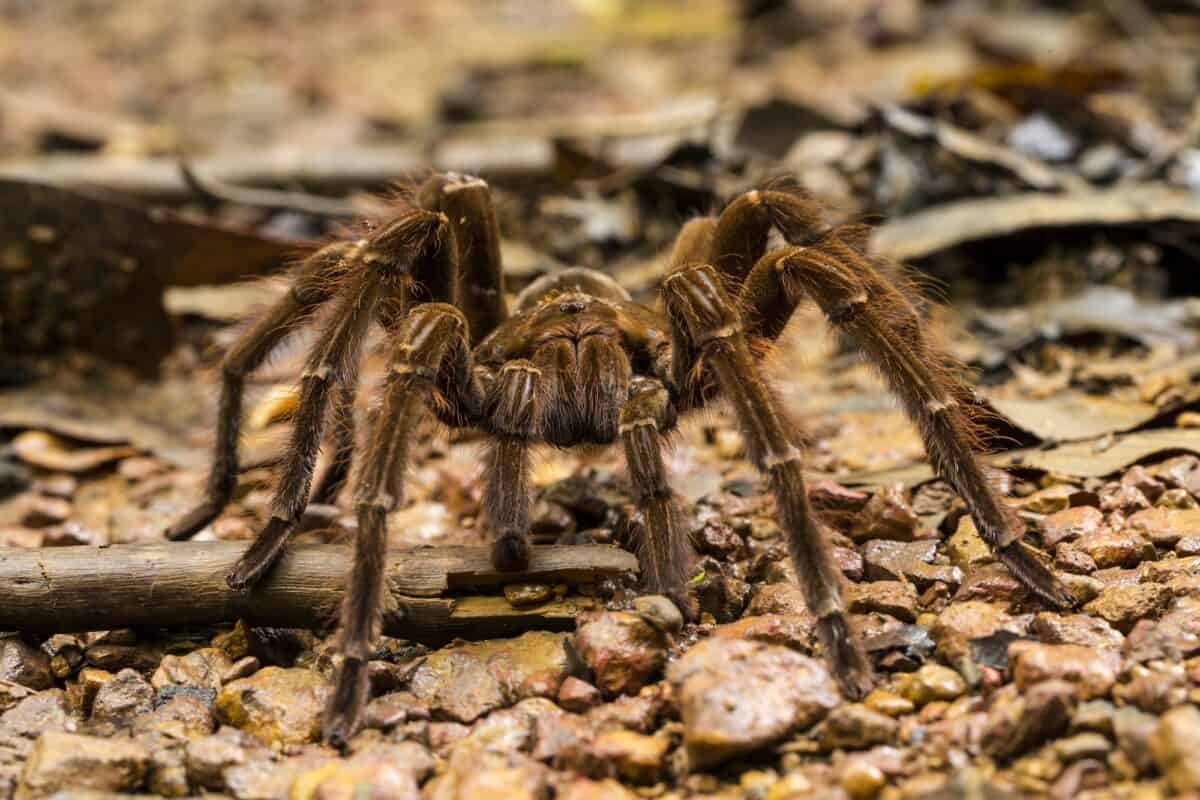
True to their name, Goliath bird-eating spiders are known for their voracious appetite and carnivorous diet. While they primarily prey on insects, their diet also includes small reptiles, amphibians, and yes, even birds. These spiders employ ambush tactics, lying in wait for unsuspecting prey to wander within striking distance. Once caught, the prey is swiftly subdued with powerful venom before being consumed by the spider’s formidable fangs.
Exploring Their Habitat: Where Giants Roam
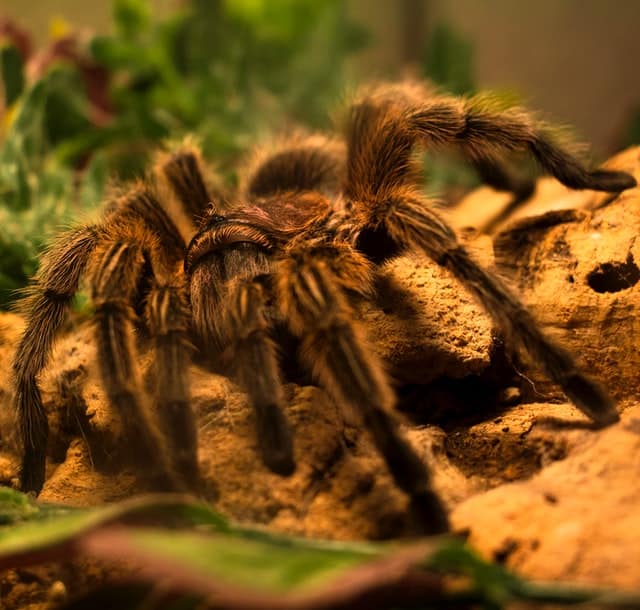
The coastal rainforests of South America serve as the primary habitat for Goliath bird-eating spiders. Here, amidst the dense foliage and humid climate, these arachnids thrive, weaving their intricate webs and hunting for prey. Despite their imposing size, these spiders are adept at camouflage, blending seamlessly into their surroundings as they await their next meal.
Conclusion: Embracing the Wonders of Nature
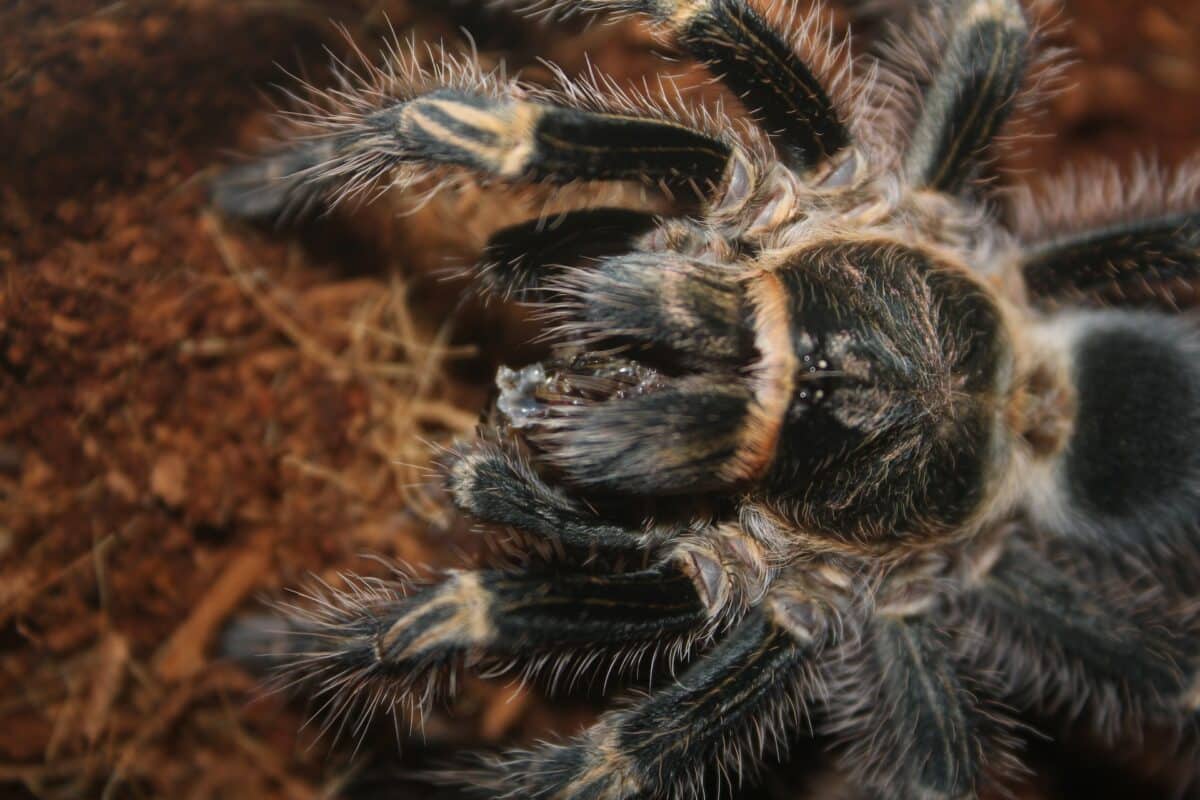
In the vast tapestry of the natural world, few creatures command attention quite like the Goliath bird-eating spider. From its colossal size to its predatory prowess, this arachnid exemplifies the awe-inspiring diversity of life on Earth. As we continue to explore and understand these remarkable creatures, may we also cultivate a deeper appreciation for the intricate ecosystems that sustain them.
Thank you for following along with this article –
Next up in the animal kingdom:
- Bald Eagle Family Expand Their Nest In California - April 24, 2024
- Firefighter Saves Abandoned Kittens Found Cuddling In Hoses - April 24, 2024
- Dolphins Get High Playing Catch With A Pufferfish - April 24, 2024

